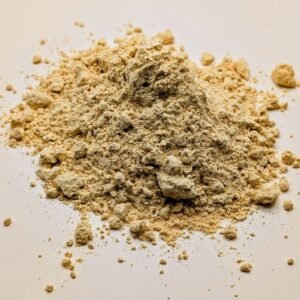Hallucinogens
Hallucinogens, also known as psychedelics, entheogens, or historically as psychotomimetics, are a large and diverse class of psychoactive drugs that can produce altered states of consciousness characterized by major alterations in thought, mood, and perception as well as other changes.[1][2][3][4] Hallucinogens are often categorized as either being psychedelics, dissociatives, or deliriants, but not all hallucinogens fall into these three classes.[4]
Examples of hallucinogens include psychedelics or serotonin 5-HT2A receptor agonists like LSD, psilocybin, mescaline, and DMT; dissociatives or NMDA receptor antagonists like ketamine, PCP, DXM, and nitrous oxide; deliriants or antimuscarinics like scopolamine and diphenhydramine; cannabinoids or cannabinoid CB1 receptor agonists like THC, nabilone, and JWH-018; κ-opioid receptor agonists like salvinorin A and pentazocine; GABAA receptor agonists like muscimol and gaboxadol; and oneirogens like ibogaine and harmaline, among others.[1][2]
Showing 1–9 of 14 results
-
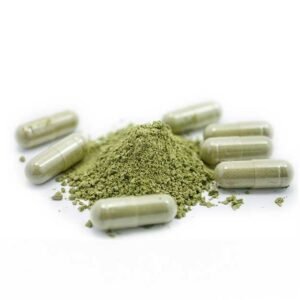
Buy Bali Kratom Capsules Online
Price range: $19.00 through $200.00 -
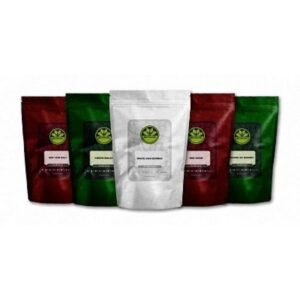
Buy Kratom Powder Online (Beginner Packs)
Price range: $44.99 through $54.99 -
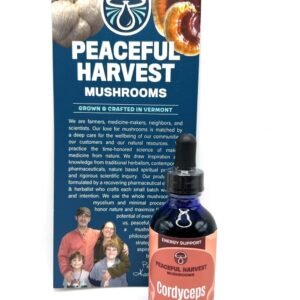
Double Strength Tincture Cordyceps – Organic
$40.00 -

Field Day – Psychedelic Trip Kit
$75.00 -
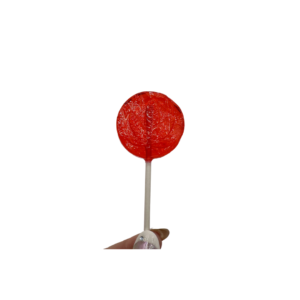
HAZY LOLLIPOP
$20.00 -
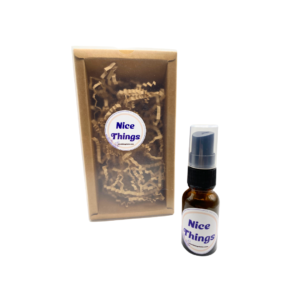
NICE THINGS LAB: SHROOM BINACA
$50.00 -
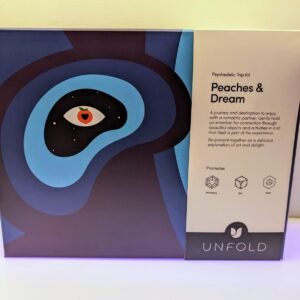
Peaches & Dream – Trip Kit
$185.00


